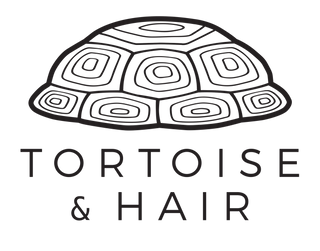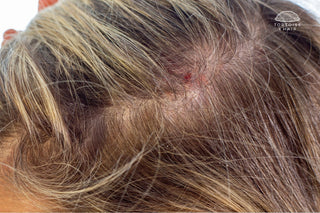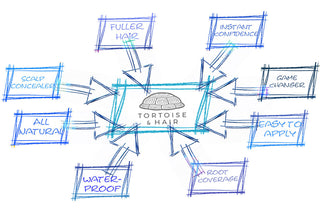Trichotillomania is a compulsive hair-pulling disorder classified as a mental health condition. It is characterized by the irresistible urge to pull out one’s own hair, leading to noticeable hair loss. The condition affects an estimated 1–2% of the global population, with many cases beginning in adolescence. Trichotillomania is considered a body-focused repetitive behavior (BFRB), often linked to stress, anxiety, or emotional distress.
While the condition can result in patchy hair loss on the scalp, it can also affect other areas, such as eyebrows, eyelashes, and body hair. The severity of hair loss varies widely, with some individuals pulling hair sporadically and others engaging in frequent or habitual pulling.
What Are the Symptoms?
The most defining symptom of Trichotillomania is the repeated pulling of hair, which can lead to noticeable hair loss over time. This behavior is often accompanied by a sense of tension or anxiety before pulling and relief or satisfaction afterward. Many individuals report feeling ashamed or embarrassed about their actions, which can contribute to social withdrawal or isolation.
Additional symptoms include:
- Patchy bald spots on the scalp or other areas of the body.
- Short, broken hairs in areas where pulling occurs frequently.
- Repeated attempts to stop pulling, often without success.
- Physical discomfort, such as tingling or itching, relieved by pulling hair.
Unlike other types of hair loss, Trichotillomania is not caused by follicular damage or immune responses. However, excessive pulling can lead to permanent hair loss or scarring if follicles are damaged over time.
Can It Be Treated Medically?
Trichotillomania is not a hair condition in the traditional sense but rather a psychological one, requiring treatment approaches that address the underlying mental health component. Effective treatment often involves therapy, medication, or a combination of both.
- Cognitive Behavioral Therapy (CBT): This is one of the most effective treatments for Trichotillomania. Techniques such as Habit Reversal Training (HRT) teach individuals to recognize triggers and replace hair-pulling with alternative behaviors.
- Medication: Selective serotonin reuptake inhibitors (SSRIs) or other antidepressants may be prescribed to help manage underlying anxiety or obsessive-compulsive tendencies associated with the condition.
- Support Groups: Connecting with others who experience similar challenges can provide emotional support and practical coping strategies.
While medical treatments focus on the psychological aspect, addressing the visible effects of hair loss can also play a significant role in boosting confidence and emotional well-being.
What Are Options to Help My Thinning Hair Caused by Trichotillomania?
Managing the cosmetic effects of Trichotillomania can help individuals regain a sense of control and confidence while addressing the root causes of their condition. Several solutions are available, depending on the severity and location of the hair loss.
Hair fibers, such as those from Tortoise & Hair, offer an immediate way to conceal thinning areas or bald patches. These fibers blend naturally with existing hair, creating a fuller, thicker appearance that can reduce self-consciousness about visible hair loss. They’re especially useful for small, localized areas of thinning.
Wigs, toppers, or extensions provide more comprehensive coverage for individuals with significant hair loss. Modern wigs are lightweight, breathable, and available in various styles, allowing for a natural look or creative experimentation. Extensions can add volume to unaffected areas, balancing the overall appearance.
For those focusing on recovery, wearing scarves, hats, or other accessories can provide stylish and versatile ways to cover thinning areas while reducing the urge to pull. These options are particularly helpful during the initial stages of therapy or treatment.
Some individuals choose to embrace their condition by shaving their heads or adopting a short hairstyle. This bold choice removes the temptation to pull and can transform hair loss into a statement of self-acceptance and resilience.
Supporting Yourself Through Trichotillomania
Trichotillomania is a challenging condition, but it is manageable with the right tools, support, and mindset. Whether through therapy, cosmetic solutions, or a combination of both, progress begins with self-compassion and understanding. At Tortoise & Hair, we’re committed to helping you regain confidence with products designed to provide natural-looking solutions for hair loss. Recovery is a journey, and you deserve to feel supported every step of the way.



